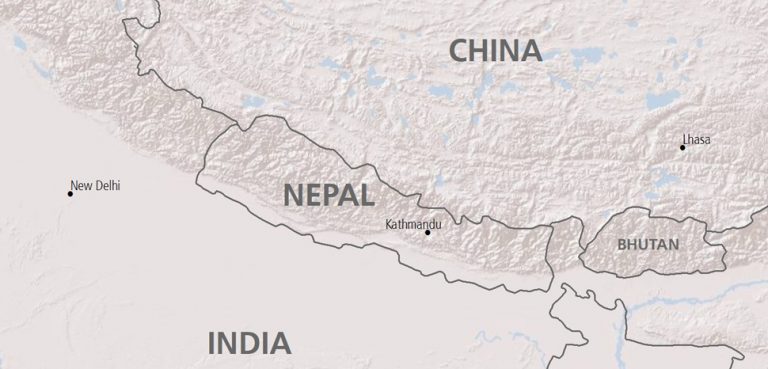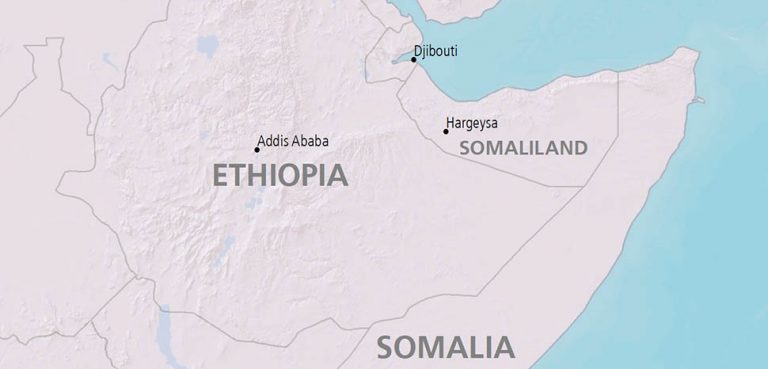
Summary
The Rohingya crisis in northern Rakhine state is not Myanmar’s only ongoing conflict with internal ethnic minorities. In Myanmar’s Kachin and northern Shan states, a forgotten war between the Tatmadaw (the armed forces in Myanmar) and the rebel Kachin Independence Army (KIA) has dragged on since a 17-year ceasefire between the two sides broke down in 2011. However, the war between the two hasn’t reached the same level of ferocity visited on the Rohingya by the Tatmadaw. One of the major reasons for this is China, whose southwestern Yunnan province borders both Kachin and Shan states where the KIA insurgency is active. The conflict is an occasional irritant for Beijing, such as in 2015 when fighting in Myanmar’s northeast sent tens of thousands of ethnic Chinese refugees flooding across the border into China. Beijing has also invested heavily in infrastructure in both government and rebel-held areas, and has no wish to see its property destroyed in Myanmar’s interminable civil wars. Yet on the other hand, China has been known to play a spoiler role in negotiations between the KIA and Naypyidaw, lest it lose the leverage it has with both sides.
Background
A return to war. The armistice between the KIA and Naypyidaw was considered the lynchpin for security in northern Myanmar. The agreement allowed elites on both sides to profit from a ceasefire economy that allowed local warlords and the Tatmadaw officer corps to exploit the area’s vast natural resources, including jade, teak, and gold, and split the proceeds between themselves. Strategic Chinese economic interests have increasingly encroached upon the area, including the beginnings of a major hydroelectric project that would flood large swaths of Kachin state. The ceasefire arrangement eventually broke down because the wealth produced by these illicit extractive industries did not trickle down to local communities, and the ceasefire economy left underlying grievances about ethnic and political marginalization unaddressed.



